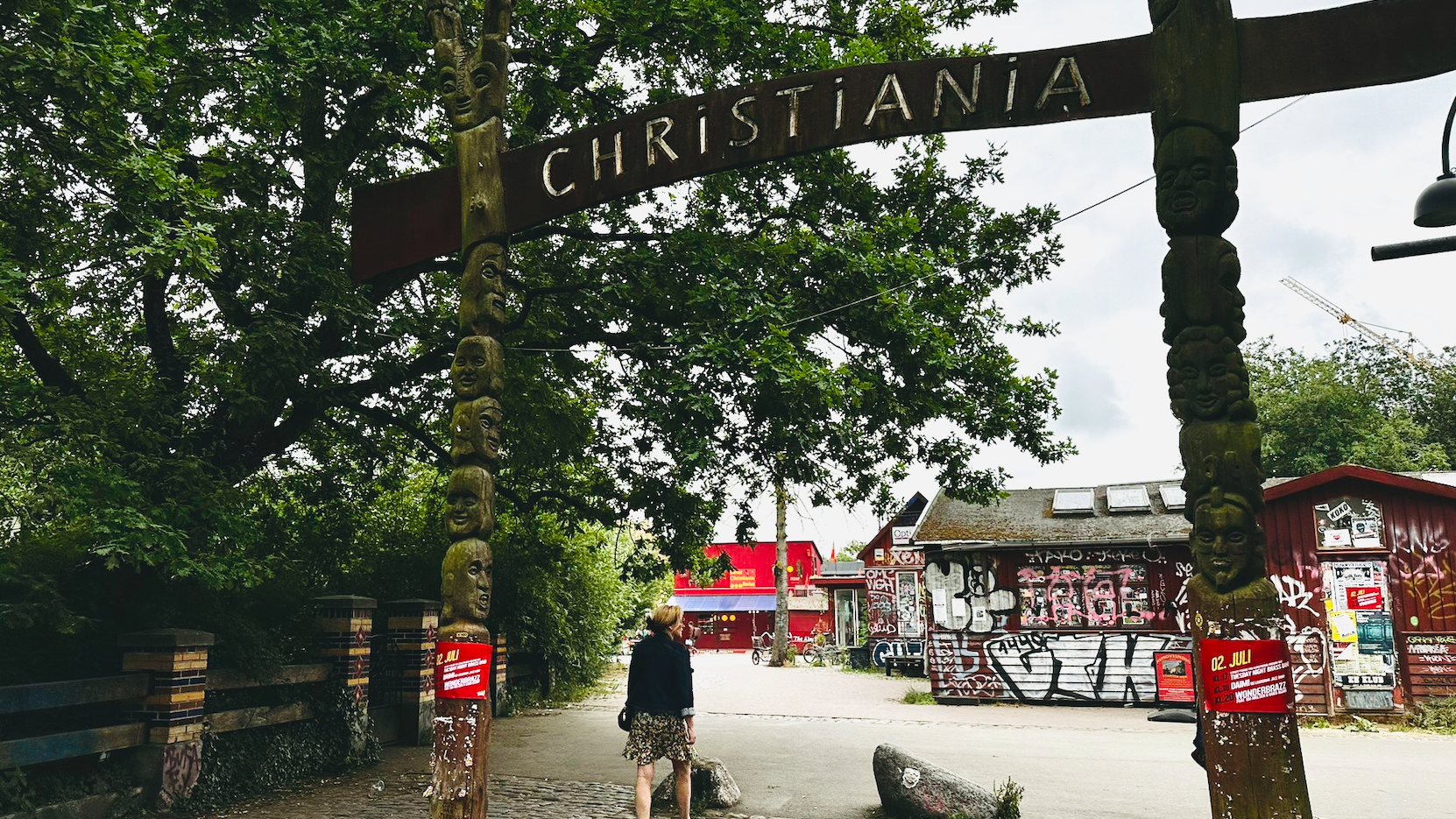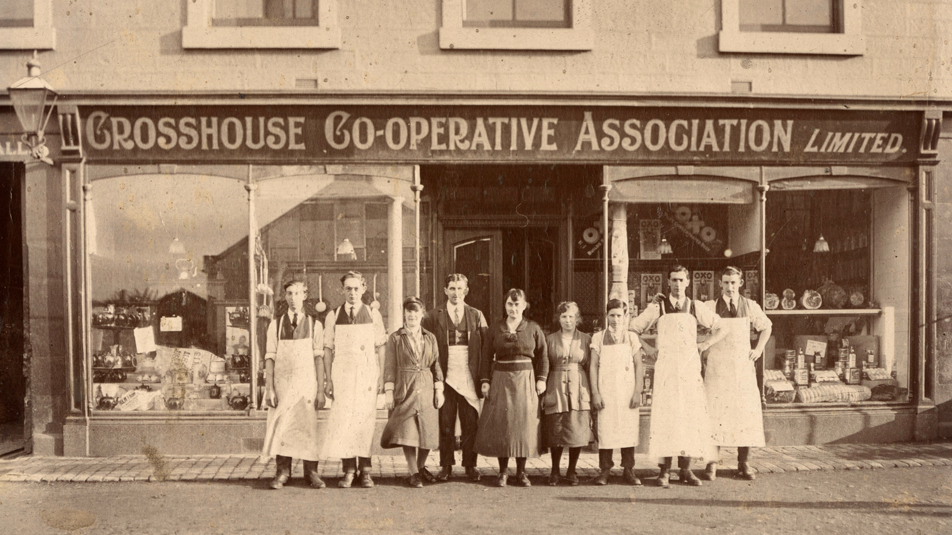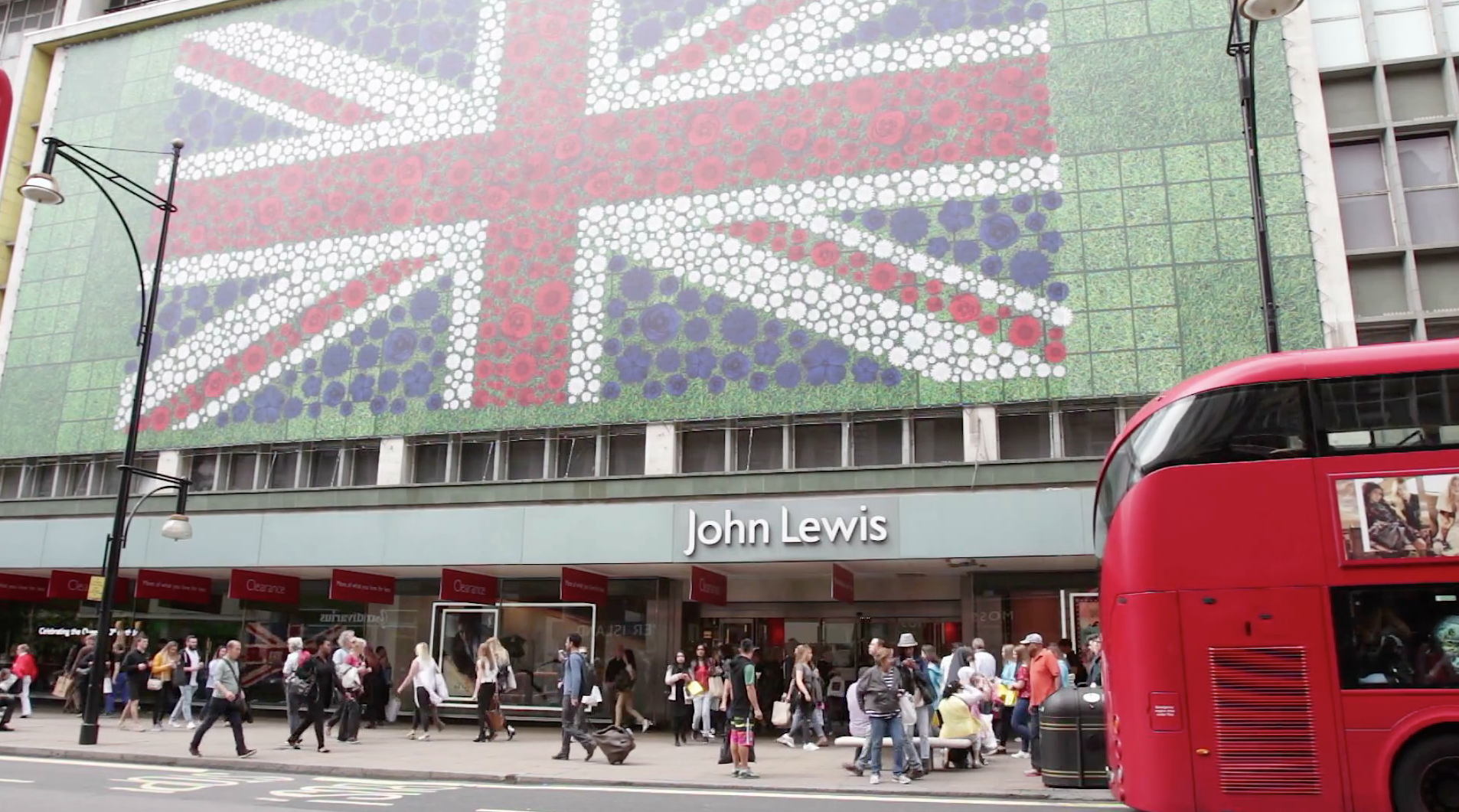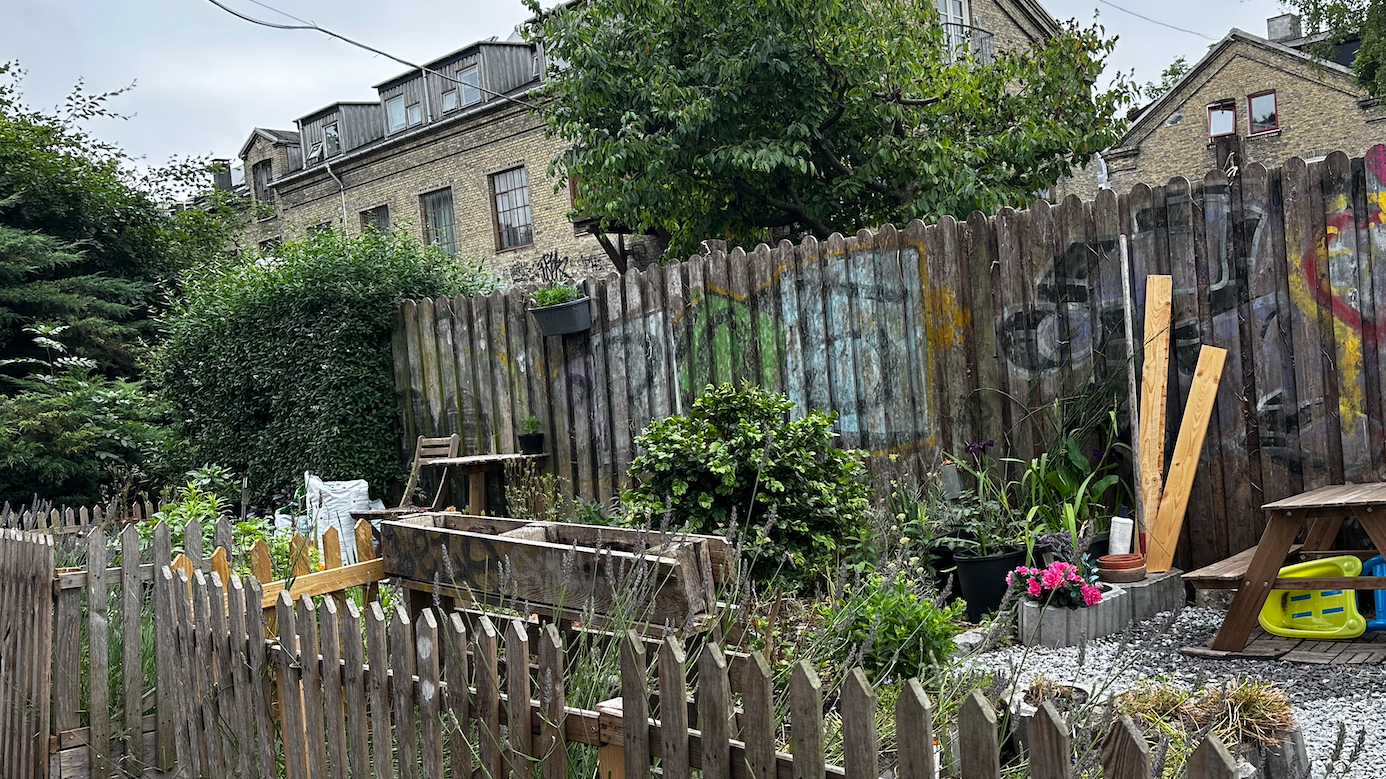
The entrance to Freetown Christiania, Copenhagen. /Mearns
The entrance to Freetown Christiania, Copenhagen. /Mearns
Humans have worked together from the very beginning. Whether it's making shelter, making food or making the next generation, co-operation is frequently invaluable and sometimes impossible to avoid.
It's no surprise, then, that the concept broadened out into other areas – from the essential minutiae of daily survival into wider areas of what might be called higher development. As the United Nations site puts it, "Co-operatives have been acknowledged as associations and enterprises through which citizens can effectively improve their lives while contributing to the economic, social, cultural and political advancement of their community and nation."
But what defines a co-operative? What kickstarted the movement as we now know it? And what achievements have been reached?
Pioneering co-operatives
Fenwick isn't on the tourist trail. Look it up on Google Maps and you'll see a photograph of a field. Try Wikipedia, that great open-access research library of our time, and in the first paragraph you'll discover it's at the end of a motorway extension.
However, something started in Fenwick that changed the world. It's acknowledged by the International Co-Operative Alliance (ICA) as the site of a pioneering initiative – the earliest recorded co-operative. On March 14, 1761, local weavers dragged a sack of oatmeal into John Walker's whitewashed front room and began selling the contents at a discount, forming the Fenwick Weavers' Society.
So what is a co-operative? According to the ICA, it's "an autonomous association of persons united voluntarily to meet their common economic, social and cultural needs and aspirations through a jointly owned and democratically-controlled enterprise," and several key words leap out of that definition.
Co-operatives are autonomous – here meaning self-governing (although it's interesting to note that the German philosopher Immanuel Kant defined autonomy as acting in accordance with one's moral duty rather than one's desires). They are voluntary, jointly owned and democratically controlled, and their aspirations needn't be limited to 'merely' economic considerations.

Until recently, Scotland had many co-op stores. /East Ayrshire Council
Until recently, Scotland had many co-op stores. /East Ayrshire Council
That is, however, where the movement bloomed – and again, weavers were at the heart of it. In 1844, Rochdale – just north of Manchester in England's damp north-west – was home to dozens of cotton mills, staffed by poor weavers facing miserable working conditions and low wages. With the prices of food and household goods rising, the struggle was getting greater.
As a result, 28 of them decided to form the Rochdale Equitable Pioneers Society, known to most as the Rochdale Pioneers – and now regarded as the prototype of the modern co-operative society and founders of the co-operative movement. By pooling their precious resources, they could source basic goods at lower prices, selling them for a small profit.
This was a very different sales model, though. Instead of squeezing consumers to maximize profit, the Pioneers made every customer a member, giving them a stake in the business – and a return in the form of those equitably divided profits, soon known as 'dividends'.
As for the goods, 'basic' was the word – initially, they only sold four items: flour, oatmeal, sugar and butter – but their premises on Rochdale's Toad Lane, initially only open for two nights a week, became famous. Alongside customers, who came in such numbers that the Pioneers had to abandon their leased space in a former wool warehouse and move up Toad Lane to a four-story premises, came intrigued observers from near and far.
The visitors' book the Pioneers opened was signed by like-minded people from around Britain, Europe and eventually the world. Welcomed, they took on board the Pioneers' ideas and ideals, and many set up their own 'co-op' back home.
Co-operatives worldwide
The notion was spreading. In Prussian Saxony, regional judge Franz Hermann Schultz saw how industrialization squeezed tradespeople and artisans, and a famine in 1846/47 convinced him that smaller traders needed to work together, leading to the 1849 of a purchasing co-op for shoemakers.
Schultz then teamed up with Friedrich Wilhelm Raiffeisen – another Prussian, a mayor who had helped set up a community bakery during that famine winter – to form groundbreaking credit unions. With the foundation of Vorschussvereine (peoples' banks), the duo formulated a new co-operative model – and as an unintended side-effect, became so famous that Tolstoy mentioned Schulz in Anna Karenina.
As co-operatives spread, they continued to pool their experience. Founded in 1895, the ICA is one of the world's largest NGOs by the number of people represented – there are 1.2 billion co-op members worldwide. Its job these days is to represent co-ops and their members by working alongside governments and international organizations, for example to ensure legislation remains favorable.
From a certain angle, co-ops might be seen as in opposition to capitalism, but this is disproved by success in some of the world's most 'free' markets. Not many would name Switzerland as a hotbed of free-thinking radicalism, but its two largest supermarket chains Migros and Coop are co-operatives, as is its third-largest bank, Raiffesen – named after our friend from Prussia.

John Lewis flagship store, London. /Mearns
John Lewis flagship store, London. /Mearns
Back in the UK, the John Lewis Partnership – whose eponymous department stores and Waitrose supermarkets epitomize the country's small-c conservative middle class – is an employee co-operative owned by its 64,000 workers.
Even the U.S. has its co-operatives. Among the famous brand names to have (or to have had) co-operative status are Best Western hotels, the Associated Press and a certain sporting institution called the National Football League.
The U.S. also has a great many housing co-operatives, up to and including some of the grand old buildings looming over Central Park. And it's housing that has been a fascinating area of growth for co-ops in more recent decades, especially as housing market prices have escalated beyond the reach of many.
Social co-operatives, which often include the provision of social services such as care for children and the elderly, were pioneered in Italy in the late 1970s. In 2013, a Parisian housing co-op called La Maison des Babayagas opened as a self-help community specifically for female senior citizens.
La Maison des Babayagas received financial input from the municipal government, and it's intriguing to see how co-ops can attract favor from political groupings that are often implacably opposed. Left-wingers admire their collective idealism, while right-wingers applaud their boot-strapping self-help ethos.
Meanwhile, in Denmark…
Denmark is particularly fond of the co-op system. Around 7 percent of the population live in co-op housing, which constitutes a third of the housing stock in capital Copenhagen. People living in andelsbolig blocks have no landlord, instead purchasing a share equivalent to the apartment value in a building-owning association. Sharing facilities like gardens and launderettes, members annually elect fellow residents to an overseeing board.
The andelsbolig system was boosted by a 1970s legal reform which gave private-sector tenants first refusal to buy their building as a collective if the landlord wished to sell. And it's not the only groundbreaking legal decision to benefit Danish co-ops.
Christiania is a 70,000 square-meter section of Copenhagen also known as "Freetown" or "staden" – "the city". It has a lake, small forest areas, a vibrant community and a fair bit of a history.
A former military barracks, it was taken over by squatters in the 1970s. Under pressure from the defense ministry, the Supreme Court ruled that Christiania should be cleared – but that never happened, even when biker gangs fought vicious turf wars over drug dealerships, and in 1989 the Danish parliament legalized Christiania.

Apartments and communal gardens, Christiania, Denmark. /Mearns
Apartments and communal gardens, Christiania, Denmark. /Mearns
Again, residents don't pay rent, but a "user fee" which is redistributed into infrastructure, construction and social activities. All decisions are made communally, at monthly meetings – and these can be debated at length.
One such example came in 2021 when the government's nationwide construction plan included building 15,000 square meters of affordable housing at Christiania. Distraught at the intrusion, residents instead lobbied to buy the area back for $8.5 million.
So have the hippies become NIMBYs – UK slang for 'Not In My Back Yard' anti-development conservatives? Perhaps. But then, that's the nature of collective action – it will take whatever form the collective comes to agree upon.
The ever-changing nature of co-ops is also reflected in the subject matter of the 2023 Coops Day on July 1: Sustainable Development.
It marks the centenary of the first-ever Co-operative Day, now celebrated annually on the first Saturday in July, but it also points to the future and how we can help make it better. Which seems about right: From feeding workers to protecting the planet itself, co-ops have always placed direct action in a larger ethical framework.
Subscribe to Storyboard: A weekly newsletter bringing you the best of CGTN every Friday